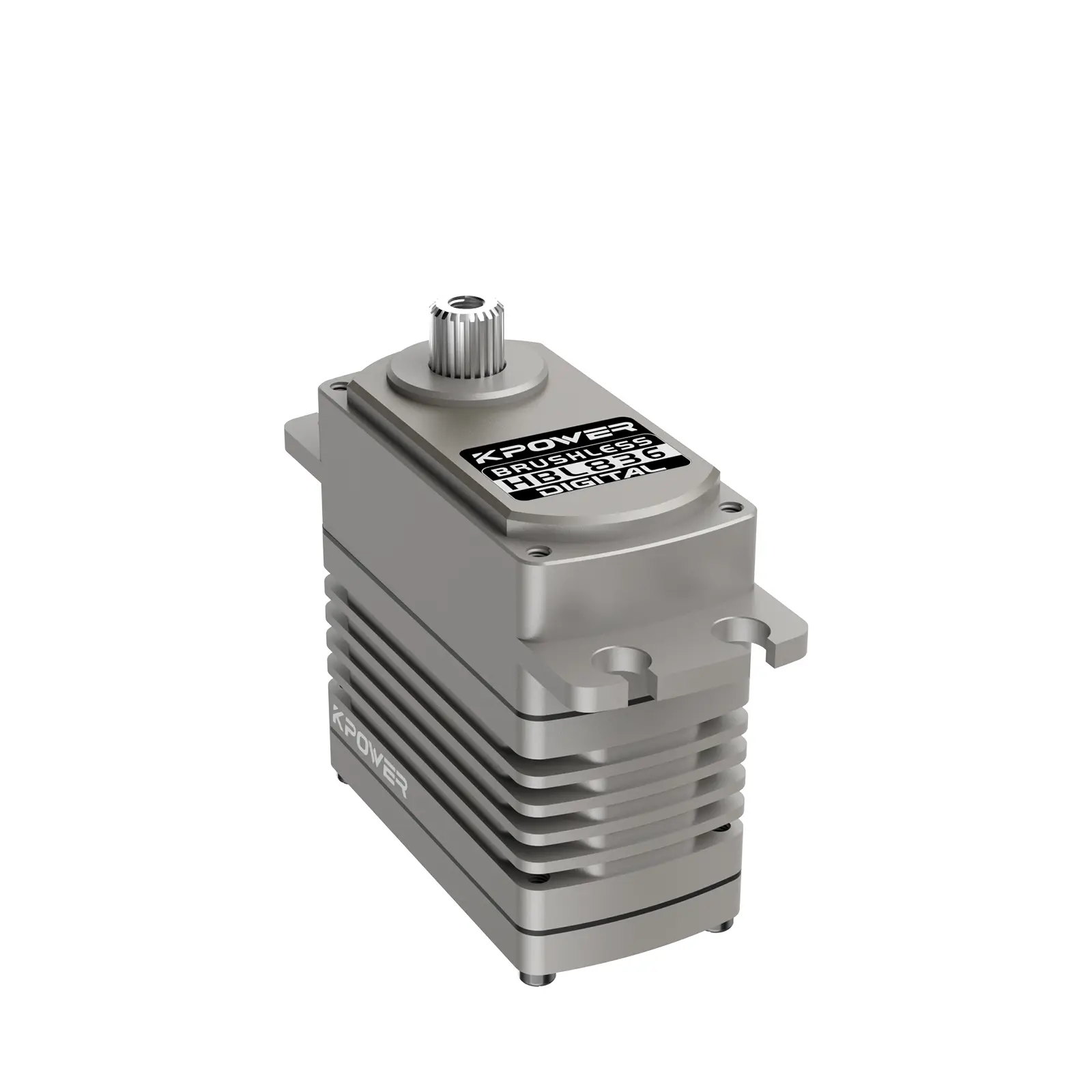When it comes to building innovative robotics, automation solutions, or even DIY projects, one component consistently stands out for its pivotal role: the servo motor. These tiny mechanical marvels are responsible for precise control of angular or linear position, speed, and torque. Historically, servo motors have been associated with high costs, especially in industrial settings. However, in recent years, a new trend has emerged—low cost servo motors that democratize access to sophisticated motion control technology.

The phrase “low cost” can sometimes conjure images of compromised quality or limited performance. But in the case of these economical servo motors, that's far from the reality. Advances in manufacturing, design, and material science have made it possible to produce reliable, efficient, and highly functional servo motors at a fraction of the traditional price point. This revolution in affordability is opening doors not just for large corporations but also for hobbyists, startups, education centers, and even individual inventors.
Why has this shift been so impactful? Imagine the possibilities when high-precision control becomes accessible without breaking the bank. For DIY enthusiasts, it means having the ability to craft robots with smoother movements, more precise positioning, and a broader range of functions—all while sticking to a budget. For educational institutions, low cost servos provide a practical way to teach robotics without requiring substantial investment, fostering a new generation of innovators.
But what exactly makes these servo motors so affordable yet still effective? The secret lies in the manufacturing scale, simplified designs, and the strategic use of alternative materials that keep costs down without sacrificing core functionalities. Many low cost servo motors are produced in large quantities, benefitting from economies of scale. Additionally, some models forego complex features that are essential in industrial settings—like extensive feedback systems or high torque capabilities—focusing instead on delivering reliable control in a more stripped-down, affordable package.
One of the most compelling aspects of low cost servo motors is their versatility. They come in a variety of sizes, power ratings, and control interfaces, making them suitable for applications ranging from small educational kits to mid-sized robotics projects. For example, a hobbyist can now buy a servo motor capable of controlling a robotic arm with 180 degrees of rotation, adjustable speed, and sufficient torque for small to medium devices—all for less than the price of a fancy coffee.
This affordability doesn’t come at the expense of durability. Manufacturers of budget-friendly servo motors have improved their product quality by implementing better seals to prevent dust and moisture ingress, using high-quality brushes and windings, and optimizing gear train designs for longevity. Many models are built with standard metal gears, which ensure a good strength-to-cost ratio, offering durability suitable for most amateur projects.
Furthermore, the integration ease of low cost servo motors makes them desirable for a broad audience. Most come with straightforward control interfaces like PWM (Pulse Width Modulation) signals, compatible with popular microcontrollers like Arduino, Raspberry Pi, and other development boards. This means that even beginners with limited electronics experience can incorporate these servos into their projects without a steep learning curve.
Cost savings also extend beyond just the purchase price. These servo motors are typically lightweight, meaning they do not add unnecessary weight to mobile robots or drone frames, thus improving efficiency and flight time. They also consume less power in some models, an important consideration for battery-powered applications. All these factors make low cost servo motors an attractive choice for a wide array of innovative applications.
In the broader scope of automation, the advent of affordable servo motors accelerates the development of cost-effective solutions for home automation, educational robotics kits, interactive exhibits, and agricultural automation. Imagine robotic systems that can be assembled with minimal investment yet still deliver reliable performance. This democratization of technology fuels creativity, reduces project costs, and accelerates prototyping cycles.
However, with affordability comes some challenges. Not all low cost servos will match the high-tier performance of industrial-grade counterparts. They may have lower maximum torque, limited lifespan under continuous heavy load, or less sophisticated feedback mechanisms. But for many users, especially in the early stages of development, education, or hobby projects, they strike a perfect balance between performance and price.
As the technology behind these servo motors continues to evolve, the gap between low cost and high-end performance narrows. Manufacturers are adopting better materials, improving control algorithms, and providing more user-friendly features—all without significantly hiking the price. This ongoing innovation ensures that low cost servo motors will remain a cornerstone in accessible automation for years to come.
Leveraging innovations in modular drive technology, Kpower integrates high-performance motors, precision reducers, and multi-protocol control systems to provide efficient and customized smart drive system solutions.




































